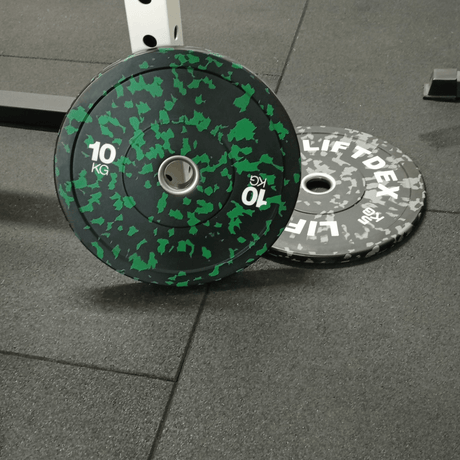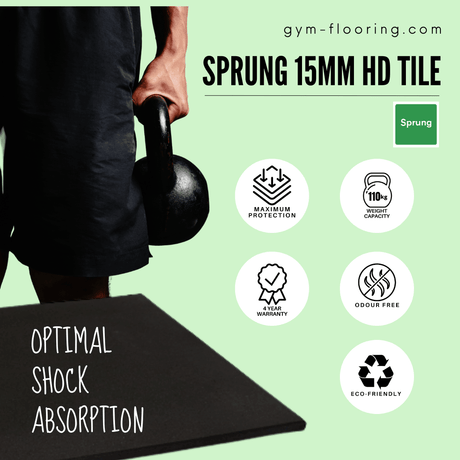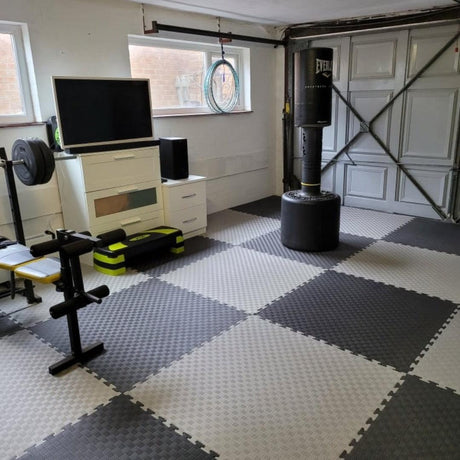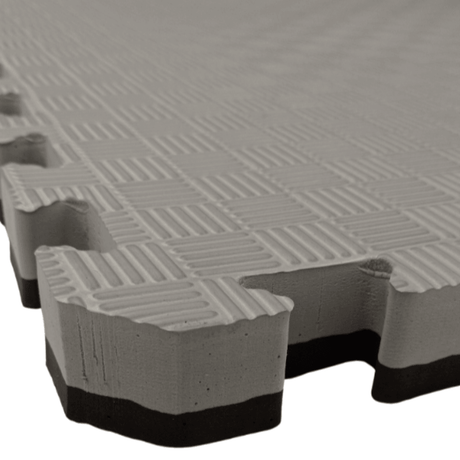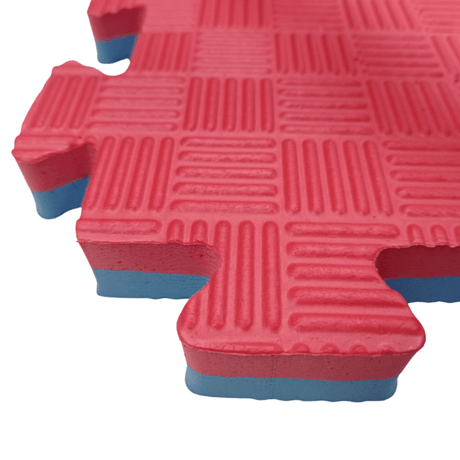Basketball is a high impact sport that involves explosive movements like running, jumping and quick changes of direction. To support these movements and ensure player safety the choice of flooring is critical.
The right basketball flooring not only improves performance but also plays a huge role in preventing injuries, reducing fatigue and increasing comfort. Whether you’re building a professional court, a school gym or a recreational facility understanding the best flooring options for basketball is key to creating the optimal playing environment.
Table of Contents
Why Flooring Matters in Basketball
Best Flooring Options for Basketball
What is Area Elastic Sprung Wood Flooring?
Where can you use Sprung Wood Flooring?
Why Area Elastic Sprung Floors are ideal for Basketball
Sprung Undercarriage System: The Secret to a Great Basketball Court
Why Flooring Matters in Basketball

When we think of basketball, we often focus on skills, drills and equipment. However the court itself can be the hidden factor behind injury prevention and athletic performance. As joe Mazzulla (Boston Celtics Coach) commented
"the parquet - that's were the blood, sweat and tears of the greats have been"
This highlights the significance and legacy of a basketball court where the very foundation of sports performance can be celebrated and beloved for years to come.
With that being said, let's look at what makes a great basketball court.
A well designed basketball should:
-
Reduce the Risk of Injuries: Proper flooring absorbs impact protecting joints and muscles from stress and strain. Bad flooring can lead to serious injuries like sprained ankles, stress fractures or even more long term damage to knees and hips.
-
Improve Comfort: The right basketball floor provides the necessary cushioning and responsiveness so players can move confidently and comfortably across the court.
-
Reduces Fatigue: Floors that absorb shock minimise wear and tear on the body during a game or practice session reducing fatigue and muscle soreness.
-
Enhance Performance: Players perform better on floors that have the right level of grip, flexibility and bounce. The surface should have good ball rebound and allow for easy transitions between quick movements so players can play at their best.
Best Flooring Options for Basketball

There are many flooring options for basketball court flooring but not all are created equal. The right choice will depend on budget, usage and performance requirements.
Let's look at one of the most popular flooring materials used for basketball in more detail:
Engineered Hardwood Flooring
Hardwood sprung floors, particularly Beech and Maple wood are the gold standard for professional and high level basketball courts. Hardwood is durable, resilient and has great ball bounce which is critical for fast paced games.
Wood flooring comes in solid or engineered format with engineered being more compatible with modern usage. Engineered wood systems are less likely to expand/contract through changes in the environment than solid wood and is therefore more structurally stable. However hardwood floors alone are not enough to create the ideal playing surface. They require a proper understructure that provides additional shock absorption and flexibility. This is where area elastic sprung wood flooring systems come into play.
What is Area Elastic Sprung Wood Flooring?
Area elastic flooring is engineered to provide consistent shock absorption across the entire court. Unlike point elastic flooring, which only deforms under direct pressure, area elastic systems distribute force over a larger area. This means players are protected from high impact movements like jumping and landing.
Sprung wood flooring uses an undercarriage system, typically a foam and batten or cradle understructure, which adds flexibility and cushioning beneath the engineered surface. This setup creates a spring like effect, the court responds to the player’s movements. This reduces the risk of injuries and makes the game more enjoyable by reducing muscle fatigue.
Where can you use Sprung Wood Flooring?
There are various applications where the need for sprung flooring is important. Sprung flooring comes in different variations and types of undercarriage depending on the level of sports performance needed and the composition of the existing subfloor.
Here are some of the main uses:

Why Area Elastic Sprung Floors are ideal for Basketball
The combination of a high quality engineered wood surface and a foam/ batten or cradle understructure is the perfect recipe for a basketball court. Here’s why:
-
Injury Prevention: The undercarriage system provides shock absorption which is critical for reducing the impact on players joints and muscles. When players land after jumping, the force is distributed more evenly, reducing the risk of injuries like sprained ankles, torn ligaments or stress fractures.
-
Increased Comfort and Reduced Fatigue: The cushioning effect of a sprung floor reduces strain on muscles and joints. Players can train or play longer without feeling excessive fatigue, leading to better performance and faster recovery times.
-
Better Energy Return: A sprung floor not only absorbs impact but also provides energy return which can enhance the player’s agility and responsiveness. Players will find it easier to jump higher, move quicker and make sharp directional changes, making the game more dynamic.
-
Consistent Performance: Unlike cheaper or poorly designed floors which can vary in their shock absorption and grip, a well installed sprung wood floor provides consistency. Players can move confidently across the court knowing each step, jump and pivot will be supported by a reliable surface.
-
Long Term Durability: Area elastic sprung wood flooring systems are built to last. The foam and batten/cradle understructure not only provides excellent shock absorption but also extends the life of the wood surface by reducing the wear and tear caused by constant movement and impact.
Sprung Undercarriage System: The Secret to a Great Basketball Court

While the wood surface of a basketball court is important, what’s under it is just as crucial. The foam and batten/cradle undercarriage system of an area elastic floor is key to creating the right level of shock absorption and energy return.
- Resilient Foam: The resilient foam layer provides superior shock absorption by compressing under pressure, which protects players from the repeated impact of running, jumping and landing. It’s a soft yet supportive base that enhances comfort and performance.
- Batten/Cradle Undercarriage: Combined with the foam there is usually a sprung batten or cradle system which are spaced apart to provide a springy, flexible base for the floor. It gives the floor its bounce, which is vital for basketball. The size and spacing of the batten is usually determined by the existing height and level of the subfloor and the requirements of the end user.
When paired with an engineered wood surface these undercarriage systems create an optimal playing environment for safety and performance. The floor’s resilience and elasticity reduces the risk of injury while maximising player comfort and efficiency on the court.
Summary
The right basketball flooring is more than just a surface to play on – it’s a critical component of player safety, comfort and performance. High quality flooring options like area elastic sprung wood flooring provide the perfect combination of shock absorption, energy return and durability.
By investing in proper basketball sports flooring you’re not only enhancing the playing experience but also the health and wellbeing of the athletes. Whether it’s a professional arena or a school gym, creating the ideal basketball court starts from the ground up, with the right flooring system at the bottom.
Looking for sprung wood flooring for your Basketball project? Browse our industry approved sports hall floor systems for a range of premium solutions. Alternatively, get in touch for some expert recommendations, advice and a FREE QUOTE.





